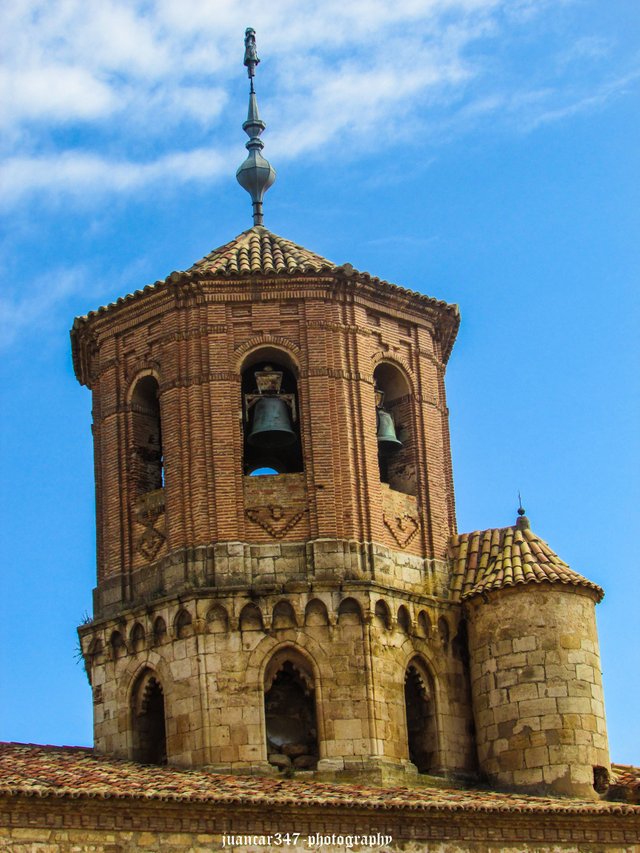[ENG-SPN] In a place called Almazán / En un lugar llamado Almazán
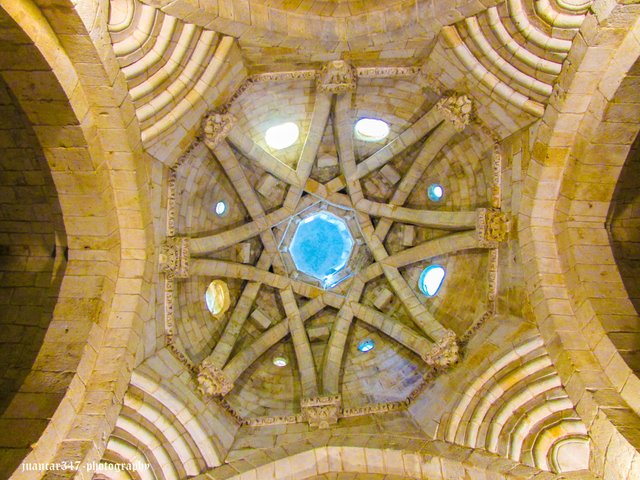
Maybe, as Cioran said with obvious bitterness, I too get asthma from reality, to the point that there are times when, rebelling with irrepressible satisfaction against that refuge for cowards that is always the comfort zone, I make adventure a horse without reins, allowing that weather vane called causality to bring the blessed surprises of uncertainty.
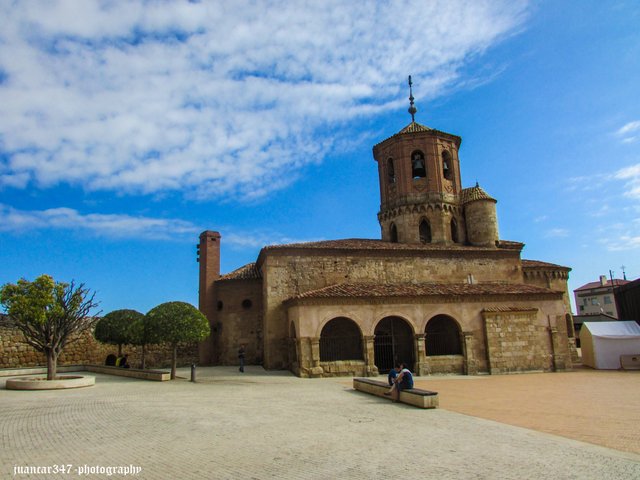
Of course, it is not the first time that I stop in Almazán, but it is the only time, as far as I can remember, that I do so under the whims of free will, to fall again into the temptation of letting myself be carried away by the labyrinths of daydreaming and imagining - for some reason poets have always considered it a divine treasure - that this old medieval town, unjustly forgotten by the refined pages of History, still has many things with which to surprise and seduce.
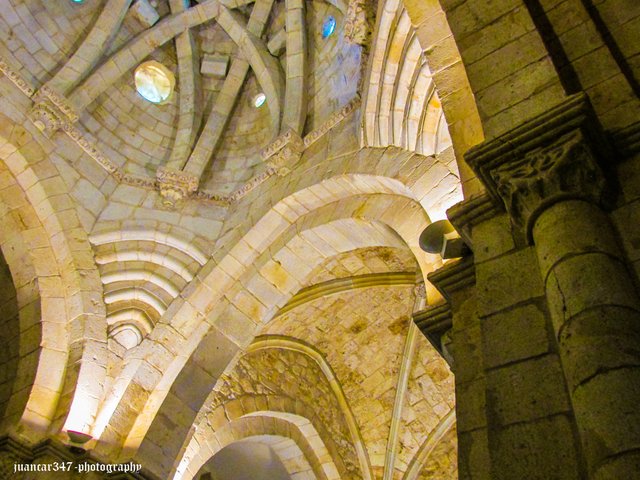
Apart from its crumbling walls and that passage of the Duero River, much more melancholic and tiring than the one it develops along the unctuous banks of the capital of Soria, tracing its crossbow curve at the height of the hermitage of Saint Saturio, it still has a jewel of Romanesque architecture, including the superb Mudejar art executed in its star-shaped dome, in the central church of Saint Michael, in front of whose portico, perhaps the final act of a fratricidal war between half-brothers took place, when Enrique de Trastámara cut short the life of Pedro I the Cruel and tradition recorded the famous phrase of a former Templar knight, converted into a mercenary and named Bertrand Du Guesclin, when he sentenced, cold as an iceberg, the famous phrase: 'I neither remove nor appoint a king, I only serve my lord'.
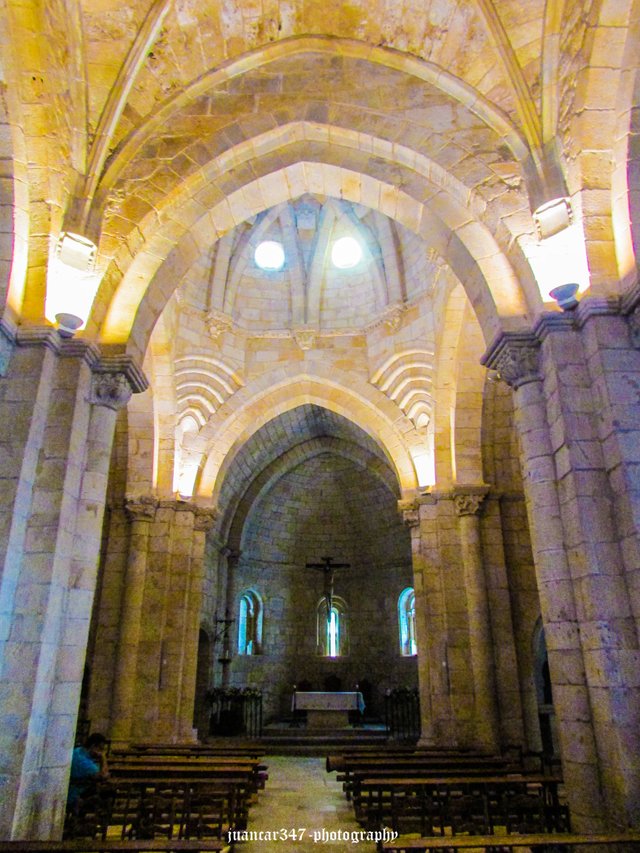
Será que, como afirmaba Cioran con manifiesta amargura, a mí también me produce asma lo real, hasta el punto, de que hay ocasiones en las que, rebelándome con irreprimible satisfacción frente a ese refugio para cobardes que es siempre la zona de confort, hago de la aventura un caballo sin riendas, permitiendo que esa veleta llamada causalidad, de depare las benditas sorpresas de la incertidumbre.
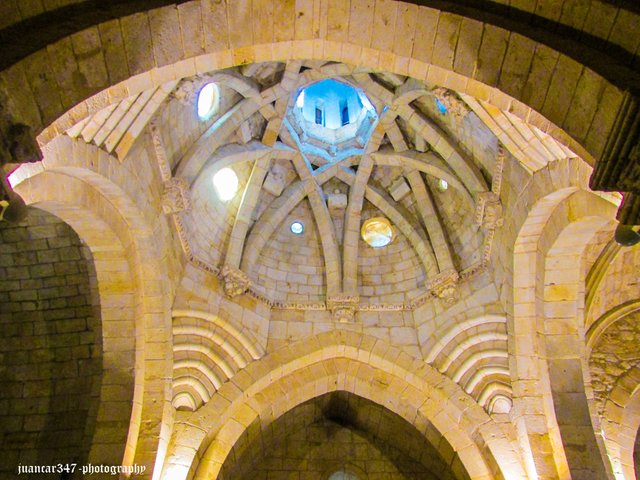
Desde luego, no es la primera vez que me detengo en Almazán, pero sí la única, que recuerde, que lo hago bajo los arbitrios del libre albedrío, para volver a caer en la tentación de dejarme llevar por los laberintos de la ensoñación e imaginar -que por algo los poetas lo han considerado siempre como un divino tesoro- que esta vieja villa medieval, injustamente olvidada por las refinadas páginas de la Historia, todavía tiene muchas cosas con las que sorprender y seducir.
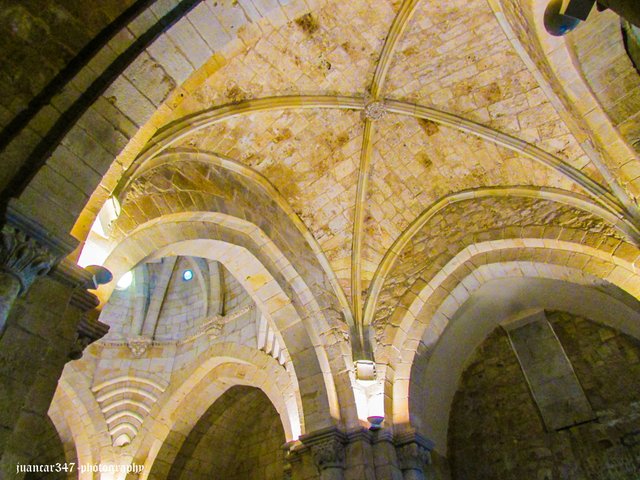
Aparte de sus desmochadas murallas y de ese paso del río Duero, mucho más melancólico y cansino que el que desarrolla por las untuosas riberas de Soria capital, trazando su curva de ballesta a la altura de la ermita de San Saturio, todavía posee una joya de la arquitectura románica, incluido el soberbio arte mudéjar ejecutado en su estrellado cimborrio, en la céntrica iglesia de San Miguel, frente a cuyo pórtico, quizás se desarrollara el acto final de una guerra fratricida entre hermanastros, cuando Enrique de Trastámara segara la vida de Pedro I el Cruel y la tradición recogiera la famosa frase de un antiguo caballero templario, reconvertido en mercenario y de nombre Bertrand Du Guesclin, cuando sentenció, frío como un témpano de hielo, la famosa frase de: ‘yo no quito ni pongo rey, tan sólo sirvo a mi señor’.
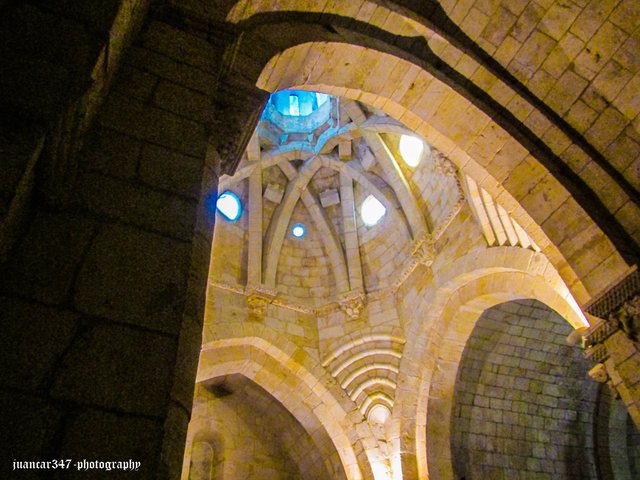
NOTICE: Both the text and the accompanying photographs are my exclusive intellectual property and are therefore subject to my Copyright.
AVISO: Tanto el texto, como las fotografías que lo acompañan, son de mi exclusiva propiedad intelectual y por lo tanto, están sujetos a mis Derechos de Autor.
